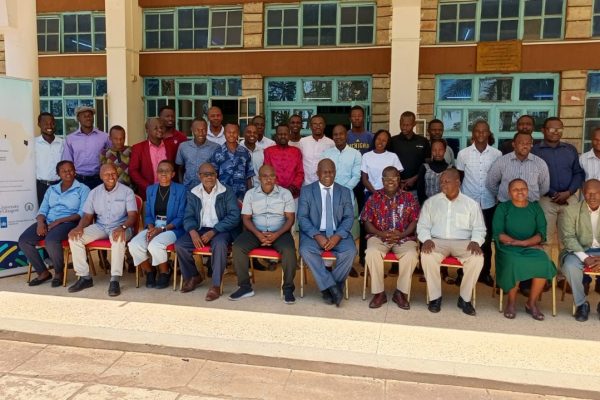Authors: Joanes Atela and Reuben Makomere
23.1 Introduction
The use of ecosystem services draws in multiple actors with different ecological, social and economic values attached1. These actors are drawn from global level organizations, such as UN agencies and intergovernmental and nongovernmental agencies, national-level state agencies, the private sector as well as local communities and their alliances, all attaching different values to ecosystem services. The roles that these actors play are at times overlapping as the governance space in management of ecosystems has expanded to include multiple actors including non-state actors and local communities.
In this regard, different actors often have diverse and competing interests over the management of ecosystem services. These divergent interests are often harbingers of contestations among different actors and values attached to ecosystems, giving rise to or exacerbating conflict in the use and management of ecosystem services. This is further enhanced by the fact that many ecosystem functions and services operate across political borders characterized by various socio-cultural and economic interests. For instance, watershed services span both the upper and lower catchment areas inhabited by different communities. This is exacerbated by varying resource entitlement structures in which some actors have more social entitlements than others2 resulting in concerns of fairness and equity.
Varying resource entitlements for different groups have also played a significant role in inflaming conflict. However, these complications are often underestimated in the efforts to minimize conflict among resource users. In these times of human-caused climate change, payment for ecosystem services (PES) has gained prominence as a tool to actively engage multiple actors, including state actors and non-state actors such as the private sector, in managing ecosystem services3. PES has been defined as “a voluntary transaction where a well-defined ecosystem service is bought by a buyer from an ecosystem service provider if and only if the ecosystem service is secured4. PES has been used for a variety of ecosystem services including biodiversity (e.g. fees set on wildlife tourism), landscaping, watershed management, carbon sequestration for climate regulation, among others5,4. Some scholars argue that PES provides economic incentives for landowners to collectively pursue ecosystem management6,7,8. It has also been argued that PES approach has the potential to remedy some of the conflicts emanating from social, economic and ecological interests of actors1. For these reasons, PES has gained considerable attention in the effort to sustainably manage ecosystem services and harmonize interests of different ecosystem users and ecosystem services.
This chapter examines various ways in which PES can contribute to conflict resolution among diverging actor interests in ecosystem services. Our aim is to explore approaches and processes in which PES can achieve conflict resolution, supported by case examples from the developing world. We further explore the enablers and hurdles in the potential for PES to resolve conflicts among resource users.

